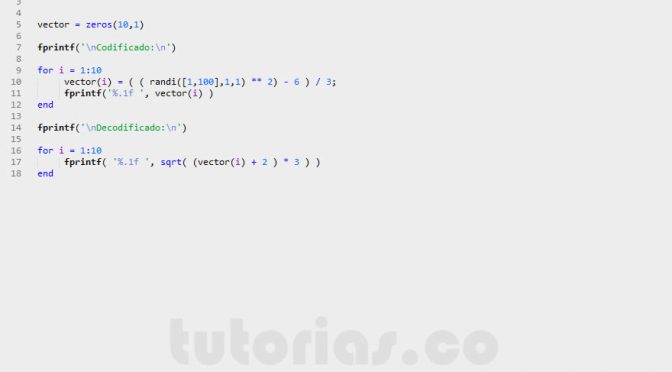

This function, plus a lot of other useful functions, have been written as blazingly fast MEX-functions (see the next section for details) by Tom Minka over at Microsoft Research.
#MATLAB VECTORIZE CODE#
One of the biggest is repmat, which is really handy when it comes to vectorizing code as it is used to create matrices by tiling a smaller matrix. There are a good number of useful functions in MATLAB which are, sadly, unoptimized. Makes it pretty easy to figure out what’s really bogging down your program so you can speed it up, whether by refactoring, vectorizing, or simply converting it into a MEX function. MATLAB has a pretty nice profiler which will tell you how many times each line is called and how much processing time each takes. The more figures your have open, the slower MATLAB’s graphics engine becomes. Also, if you’re generating a bunch of plots that you won’t be looking at, say because you’re writing them to disk, don’t keep spawning new figures – just create one and keep erasing it.
#MATLAB VECTORIZE UPDATE#
If you’re trying to update a plot frequently, consider deleting the specific elements and drawing just the new ones, rather than redrawing the entire plot. In fact, it’s typically best to make it a habit of terminating every line of code with a semicolon and using the ‘disp’ command to write formatted output.Īside from displaying text in the command window, drawing figures is also very time-consuming. Means that MATLAB will print the entire million element array for EACH of the million iterations! This takes a small eternity – hit CTRL-C to kill it and put that semicolon in. In the previous FOR loop example, leaving off the semicolon on the line: out(i,j) = sqrt(matrix(i,j)) * 2 Just as if you’d thrown a cout/printf after that line of code. In MATLAB, if you don’t terminate a line with a semicolon, that’s OK! Your code will still run, but without the semicolon, MATLAB will print the output to the Command Window. In the above FOR loop example, adding one line cuts the execution time in half: out = zeros(size(matrix)) % Preallocate output matrixĮnd Suppress Output (aka Semicolons are your friend) If MATLAB has to keep reallocating memory for the array as it grows, it slows down a lot. This is important in most languages, but especially so in MATLAB. The MathWorks guide to vectorization is here. Basically, whenever you want to write a FOR loop do to something on an array, you should instead be vectorizing it. Not only is the vectorized version much faster (0.022 vs 1.1882 seconds – 125X – on a 1M element array in MATLAB 2009b on an Intel Core i5), it’s much shorter to type. The proper, vectorized way is simply: out = sqrt(matrix) * 2 % Vectorized! For instance, in C, to take the square root of every element of a 2-D array and multiply them by 2, you’d need to have a nested set of FOR loops to iterate over every element – this would look something like: (using MATLAB syntax) for i = 1:size(matrix, 1) % Loops BAD! Fortunately, because MATLAB was designed to work with matrices, most of the built-in functions can process entire matrices at a time, rather than having to process them one element at a time as you would in most languages.

Basically, in MATLAB, the fewer lines of code you can do something in, the better.

So in particular, loops are pretty bad because MATLAB has to interpret every line of code individually and loops just mean lots of time spent interpreting.

This can cause MATLAB code to execute up to hundreds of times slower! Vectorize This is largely because MATLAB is an interpreted language – that handy ability to set a breakpoint and then run code and plot data comes at the cost of not being able to compile or optimize the code in advance and having to do everything on-the-fly. However, it’s definitely pretty slow when it comes to code-execution performance compared to, well, almost every other language out there. S(a,b)=s(a,b)+(pos(3,a)-pos(3,b)+off)^2.MATLAB is a great environment to quickly prototype scientific algorithms, especially with interactive debugging, decent data plotting facilities, dynamic typing, and all the built-in toolboxes. All I understand is that I need to optimise this code. I've never even come across vectorization, and after a quick google search and reading a few things, I still don't know what I'd do for this.
#MATLAB VECTORIZE HOW TO#
So my tutor asked me to vectorize this, and gave me no clue as to how to start.


 0 kommentar(er)
0 kommentar(er)
